Do You Cut Sedum Back in the Fall
10 Perennials You Should Cut Back Every Fall (And 5 to Let Be)
Winterizing your garden includes trimming back some perennials and leaving others until spring. Our experts tell you what to do to ensure success.
1 / 16
 eyecrave/Getty Images
eyecrave/Getty Images
When To Cut Back Perennials
In the crunch of fall chores and yard cleanup, don't forget to leave time for garden perennials, too.
Cutting back foliage in the fall can protect flowering plants from disease and provide a clean start for regrowth when winter loosens its grip. But some plants are worth keeping around for the winter if they benefit wildlife and offer visual interest.
Dick Zondag, owner of Wisconsin-based Jung Seed Company, offers tips for 10 perennials to trim this fall and five you can leave alone until spring. Grab a favorite pruner or shears and start trimming.
ⓘ
2 / 16
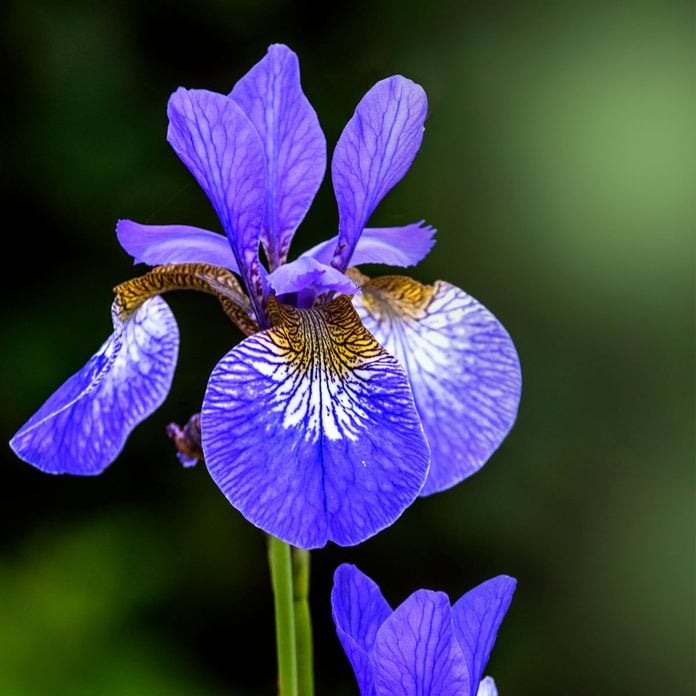 Pauline Lewis/Getty Images
Pauline Lewis/Getty Images
Cut Back: Iris
These showy summer favorites can be vulnerable to infestations of iris borers, which tunnel into the base of the rhizome to lay eggs. Trim the fan of sword-shaped leaves at an angle, so they slope upward into a center peak no higher than six to eight inches.
4 / 16
 Serhii Brovko/Shutterstock
Serhii Brovko/Shutterstock
Cut Back: Peony
These bold late-spring bloomers also can be vulnerable to mildew. Grab the leaves and cut back the stems to a few inches above the soil after the first frost. They'll be tidied up and ready for spring when new red shoots emerge after the ground thaws.
5 / 16
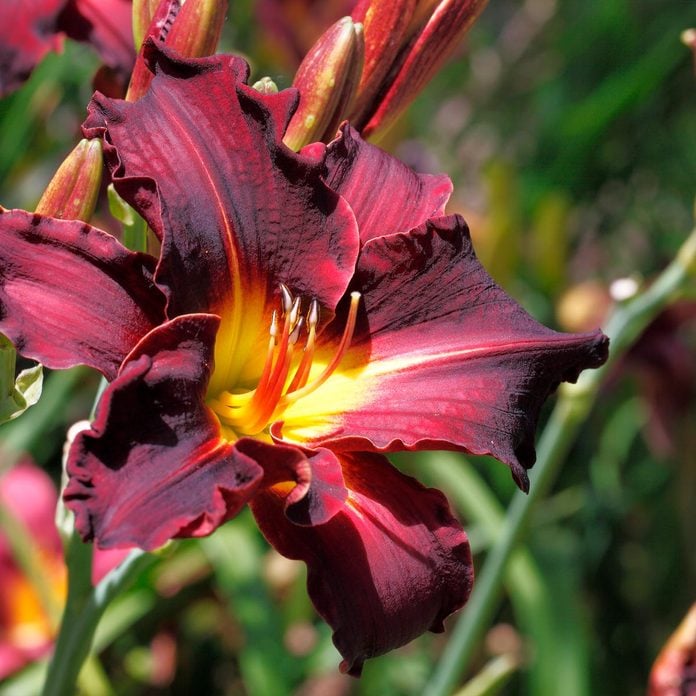 COULANGES/Shutterstock
COULANGES/Shutterstock
Cut Back: Daylilies
Keep your shears sharp for cutting back the profusion of daylily leaves that burst from tubers like fireworks. Jung Seed Company, which has more than 250 varieties of daylilies in its fields, does this every fall. Reach down near the base of each plant to encircle and secure a tight handful of leaves. Cut leaves a few inches above the soil.
6 / 16
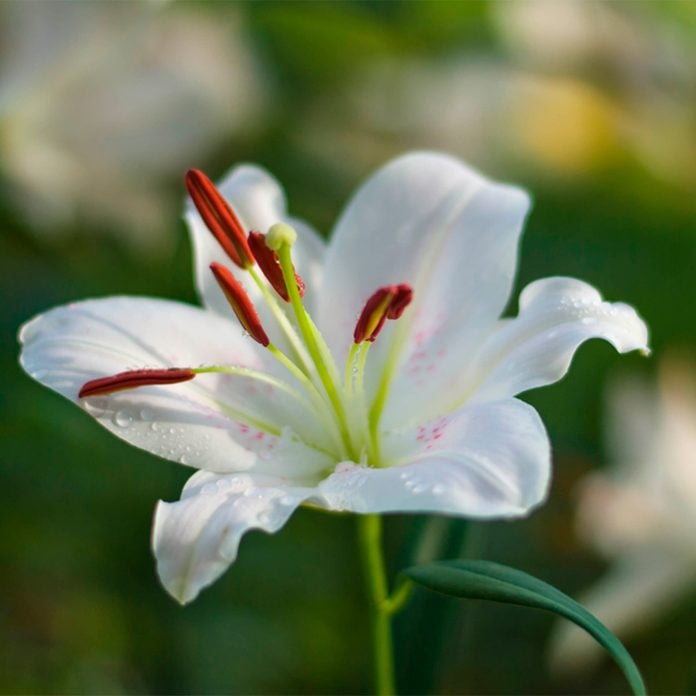 neenawat khenyothaa/Shutterstock
neenawat khenyothaa/Shutterstock
Cut Back: Lilies
Lush, vibrant lilies from bulbs, including Asiatic, Oriental, Tiger and Trumpet lilies, can stick up as straight as driveway snow stakes during the growing season. "Let them go until the green disappears," Zondag says. "When they turn to yellow or red, that signals leaves are no longer feeding the bulbs."
It only takes one quick snip of the stalk near the soil line, and you're done. Sometimes the stalk may come off with a gentle twist, making them one of the easiest plants to clean up in the fall.
7 / 16
 aleroy4/Getty Images
aleroy4/Getty Images
Cut Back: Phlox
Like bee balm, this fragrant flower likes to spread and can be vulnerable to mildew. Trim it down to the soil in the fall to help prevent mildew from taking hold. If plants are especially thick, try using a small billhook to grab and cut off stems.
8 / 16
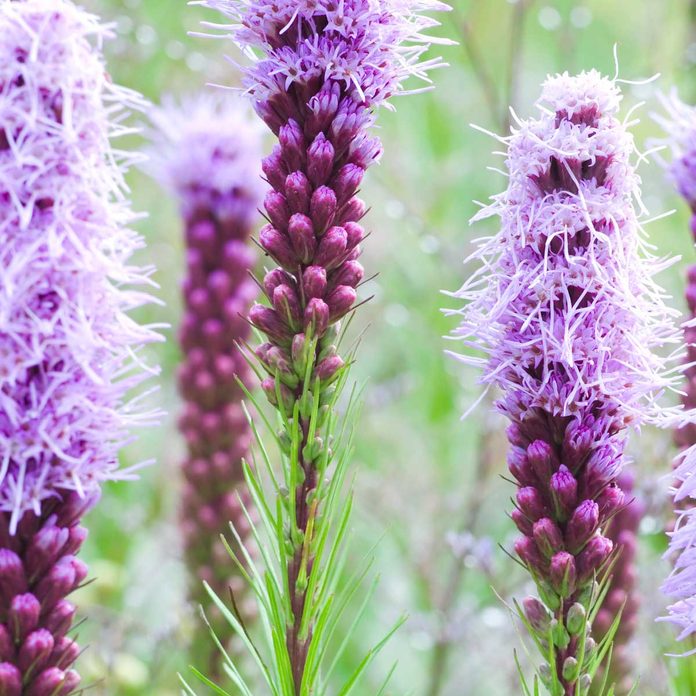 AlpamayoPhoto/Getty Images
AlpamayoPhoto/Getty Images
Cut Back: Blazing Star
Also known as gayfeather or liatris, blazing star's bright purple flowering spikes are often the star of prairie and butterfly gardens. Trim back its flower spikes and leaves to the base of the plant so it's ready for spring and another year of bold color and texture.
10 / 16
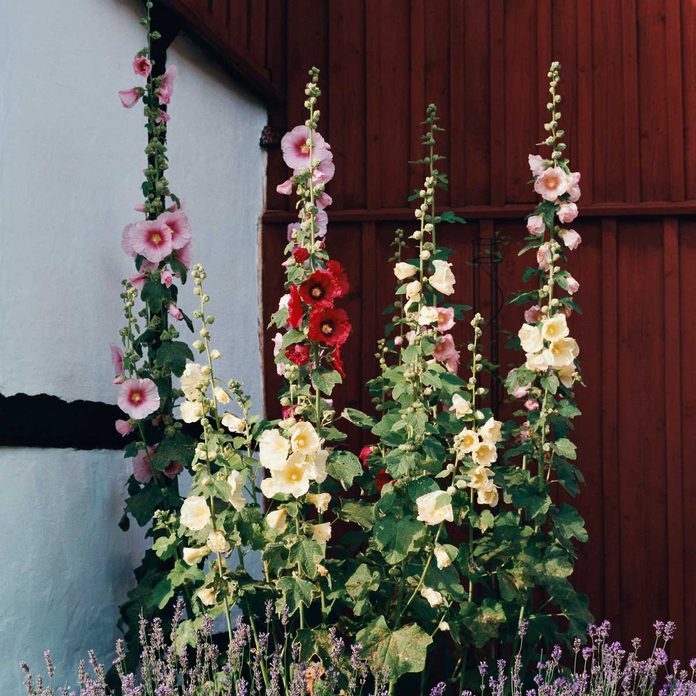 Ewa Ahlin/Getty Images
Ewa Ahlin/Getty Images
Cut Back: Hollyhocks
With stalks up to six feet high, these cottage garden staples can get gangly in the fall. Cut back the sturdy stems about six inches from the soil to prevent problems such as leaf rust. If you have seed pods, scatter them in the fall for more plants in the spring.
11 / 16
 revenaif/Shutterstock
revenaif/Shutterstock
Cut Back: Chrysanthemum
This vibrant star of fall's flowering plants can be cut back after they've bloomed or been hit by a hard frost. Trim the plant down to about six or eight inches from the soil. Leaving some of the stems can help hold leaves or other mulch that can insulate the plant from harmful freeze-and-thaw cycles.
12 / 16
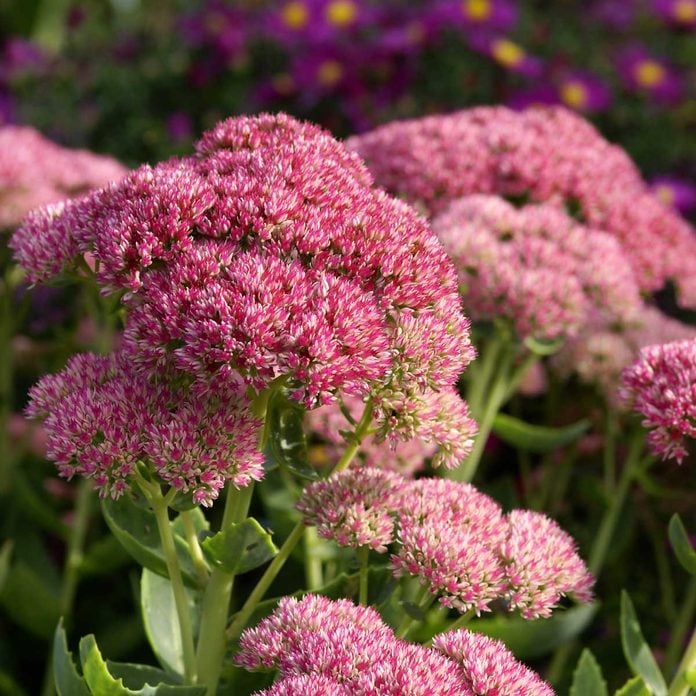 schnuddel/Getty Images
schnuddel/Getty Images
Let Be: Sedum
While groundcover sedum will be buried in the snow, taller varieties might poke out from the drifts and offer some interesting visuals with their tightly clustered seed heads.
13 / 16
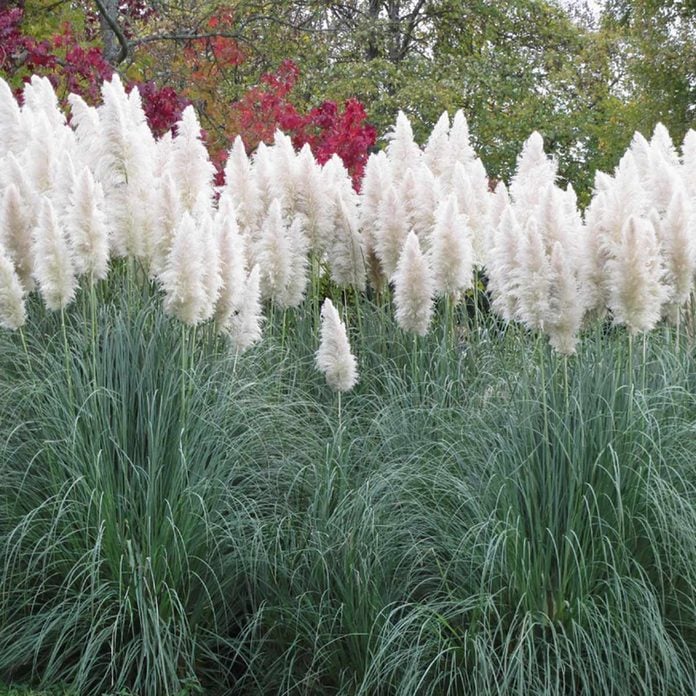 LukeLuke/Shutterstock
LukeLuke/Shutterstock
Let Be: Ornamental Grasses
Dried ornamental grasses such as little bluestem, fountain grass or sea oats can rustle beautifully in the winter, or trap snow, which can insulate plants and shelter wildlife.
14 / 16
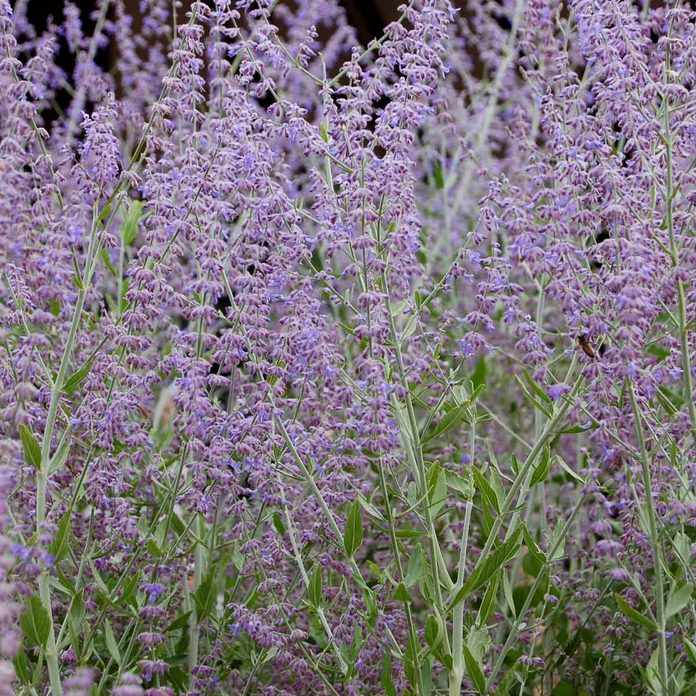 JoolsBerlin/Getty Images
JoolsBerlin/Getty Images
Let Be: Russian Sage
Almost as tall and wispy as ornamental grasses, fragrant purple-flowered Russian sage can likewise add texture and shelter to the winter garden.
16 / 16
 weter 777/Shutterstock
weter 777/Shutterstock
Let Be: Hibiscus
Leave stalks on late-emerging plants such as perennial hibiscus so you have a reminder of where they are. Otherwise, they can take so long to show fresh growth in the spring that you might think they didn't make it through winter. Trim old growth as needed when new leaves emerge.
Originally Published: October 07, 2020
Sign up for DIY projects sent right to your inbox
Complete DIY projects like a pro! Sign up for our newsletter!

Subscribe & SAVE 1 Year Subscription
for only $10!
Do You Cut Sedum Back in the Fall
Source: https://www.familyhandyman.com/list/perennials-to-cut-back-every-fall/
0 Response to "Do You Cut Sedum Back in the Fall"
Post a Comment